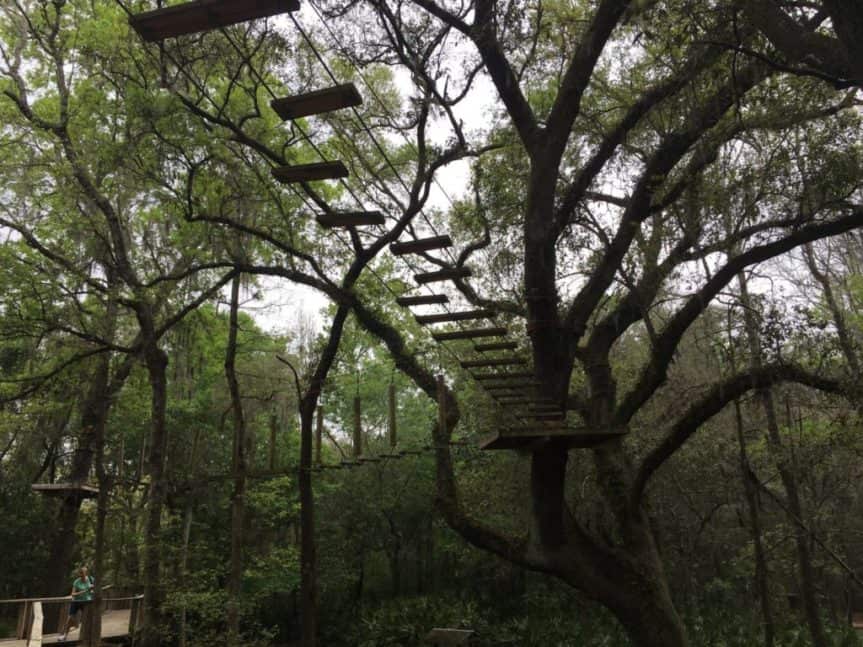Planting Paradise – A Tallahassee Tree Planting Handbook
Planting Paradise offers a captivating look into the history of gardens in early modern Europe as globalization took root.
The paradise tree is an iconic coastal tree, flourishing best under full sunlight or light shade in well-drained soil.
Late January in North Florida is the ideal time for planting trees, as its cool temperatures and above-average rainfall allows roots to take root quickly. Proper site selection, soil preparation, and subsequent care must all be accounted for to ensure the success of a new tree planting venture.
Location
Planting trees on your property can bring many advantages: wildlife benefiting, beauty added to the surroundings, higher property resale value and overall increase of estate value are just a few benefits of planting. Tallahassee Tree Services mentioned to us how from producing high-grade timber products or specialty wood products for future generations to revegetating stream banks to protect water quality or simply adding one for future generations this publication provides guidelines to help ensure success.
Front cover features a full-color map of 30 recommended regional trees to assist you with selecting species suitable for your site, with additional charts providing details about soil preference, salt tolerance, mature height and other features for each. National Arbor Day takes place annually on April 27th while in North Florida we celebrate it locally on January 3rd as it’s the perfect time for planting!
Soil Preparation
Make sure your planting site offers adequate drainage by conducting a soil test: dig a hole and fill it with water; if it drains off in under an hour, that indicates good drainage; otherwise it indicates poor drainage and further investigation may be required.
The paradise tree is an iconic coastal species, flourishing best in moist yet well-drained environments under sun or light shade conditions. Sandy soils with organic matter content tend to provide optimal conditions.
After transplanting, immediately provide three gallons of water per inch of trunk diameter. Subsequently, water two to three times weekly during the growing season; during drought conditions increase to five gallons or more per inch of trunk diameter and do it slowly so as not to wash away the root ball.
Digging the Hole
Success or failure for any new plant depends on a strong start in its environment, so digging too large or too small a hole could have dire repercussions for its success.
Use a shovel or hand trowel to dig a hole twice the width and depth of the root ball, taking care to leave enough space for all roots without overcrowding each other.
Allow the roots to settle naturally before digging disturbs them further, as this will provide space for their roots to expand naturally and avoid any air pockets left by digging disturbance. Next, layer mulch over your new tree’s root ball – mulch helps retain moisture while simultaneously blocking weeds from competing with it for water and nutrients. Finally, paradise trees prefer well-draining sites in either full sun or partial shade conditions for best growth.
Filling the Hole
Since paradise trees thrive in coastal environments, they require sandy, well-drained soil. When digging a hole for this purpose, ensure it is at least two to three times wider than its root ball; create a cone-shaped mound of soil at the center to prevent roots from crowding each other and allow top soil to hydrate more effectively.
Before returning the dirt to its rightful place in the hole, water it sufficiently to create enough muddying to fill any air pockets and prevent roots from drying out and dying off. After thoroughly mudding in the soil, repeat this step until all top layers of soil have returned back to their initial position as before excavating.
Watering
As well as selecting and prepping their site for planting, trees require ongoing care including continuous watering to sustain its life.
The paradise tree thrives in coastal habitats and can thrive in sandy soil. Once established, this drought-tolerant species provides ample shade.
Be sure that your investment pays off by selecting trees that offer spring flowers, berries, nuts and/or fall color – plus those that act as windbreaks or reduce erosion.
Selecting and planting the appropriate tree can add both value to your property and environmental benefits that last generations. Our Selecting and Planting Guide unfolds into a 22 x 34 poster featuring gorgeous, full-color representations of 30 recommended regional trees for this task.
